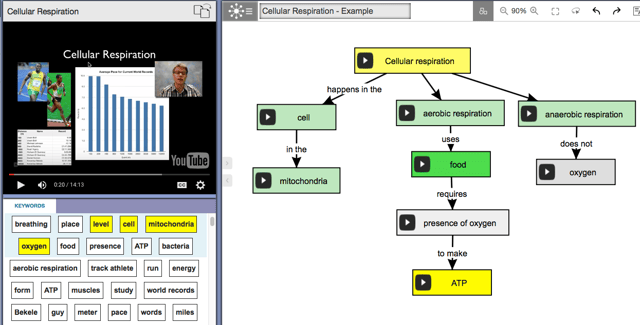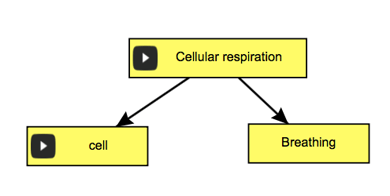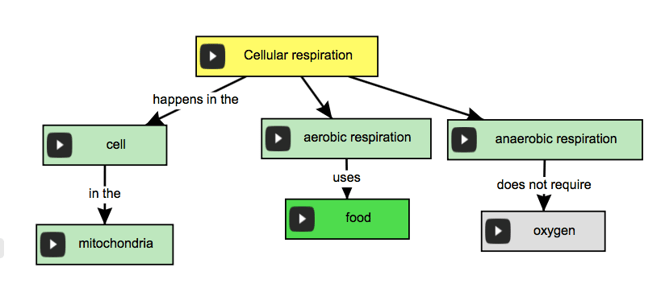This post is written by Mary Chase, Ph.D., an expert in curriculum design, literacy education, and technology integration.
Years ago, when I first entered the classroom, I thought I knew my subject area and I thought I knew how to teach. You won’t be surprised to learn that, while my head was stuffed with facts and learning strategies, I really knew nothing about either area. Dewey teaches that we learn by doing and that is nowhere more true than in the field of teaching. Further, all my training, all the demands of my job and the expectations of my administrators, parents and students were defined by curriculum. Nobody said much about learning, let alone thinking.
Later, in graduate school, I discovered the work of cognitive psychologist, Vera John-Steiner, and her works became seminal to my own ideas about the role of thinking in education. John-Steiner’s first contribution to the field, Notebooks of the Mind: Explorations of Thinking, centered on the cognitive habits of geniuses from science, art, writing, music—all of the humanities—based on a close analysis of their journals, personal accounts and conversations. Leo Tolstoy, Marie Curie, Diego Rivera—over 50 geniuses account for their creative visions. Her investigation is accompanied by her own insights on the nature of thinking. She writes, “Thought is embedded in the structure of the mind. One way to think of this structure is to view it as formed by networks of interlocking concepts of highly condensed and organized clusters of representations.”
Eventually, forays into cognition rather than mere curriculum were encouraged and resulted in such educational movements as critical thinking skills, habits of mind, and brain-based learning. One of the strategies embraced by these approaches was the use of graphic organizers, especially concept maps. The first time I saw a concept map, I remembered John-Steiner’s definition of thinking with its “interlocking concepts’ and “organized clusters.” At the time, however, concept maps were used to assess student learning rather than to generate it. Concept maps can be used in both ways.

In this example, a student might be demonstrating their understanding of cellular respiration, its definition, structure, function and so on. This concept map might help the teacher arrive at a grade. However, the same concept map might have grown from the moment a student began exploring the concept and morphed over time from simple to complex, from unanswered to answered questions and from curiosity to understanding while the student was in the process of learning. For example, the student’s initial map might be this simple:

Using gaps in understanding, a student’s questions could double as research goals:

Students search out new resources and add information as they learn. They find where facts fit and make connections between old and new information. Building the concept map becomes a process of learning and a way of thinking.

In Notebooks of the Mind, John-Steiner muses, “To think, it seems to me, is to hold an idea long enough to unlock and shape its power in the varied contexts of shared human power.” How often in life do we ever hold a thought for longer than a few fleeting moments? But when we do something happens.
Thinking isn’t automatic and neither is knowing. Concept maps help us see thinking, learning and the questions that drive it—over an extended time and in a curiosity-driven context. True learning takes place when the questions are our own, and the answers are the ones we search for.
Give your students the opportunity to drive their own learning and to create conceptual connections that reveal new or deeper understanding for themselves. Try the Ideaphora online knowledge mapping environment in your classroom through our free pilot program.

